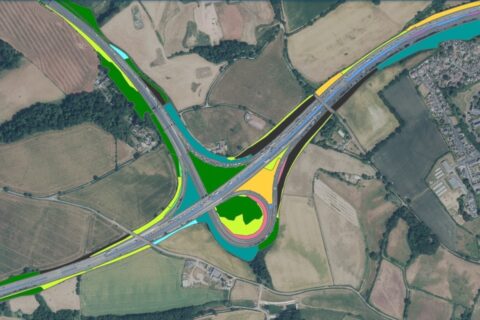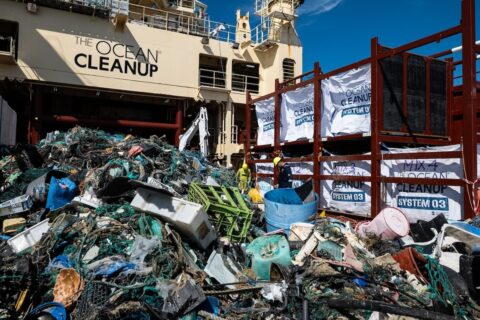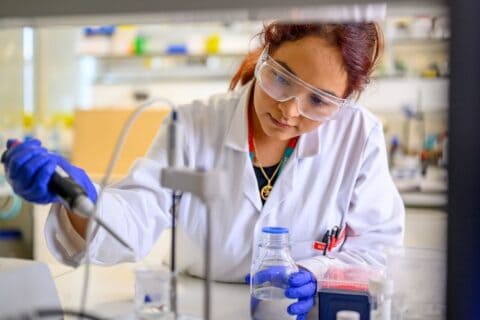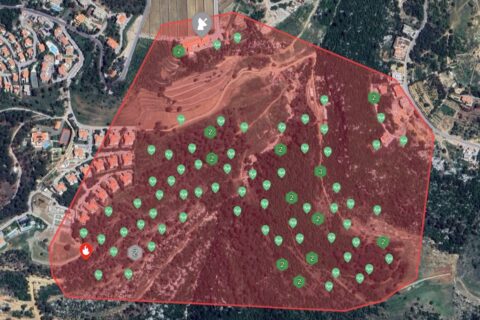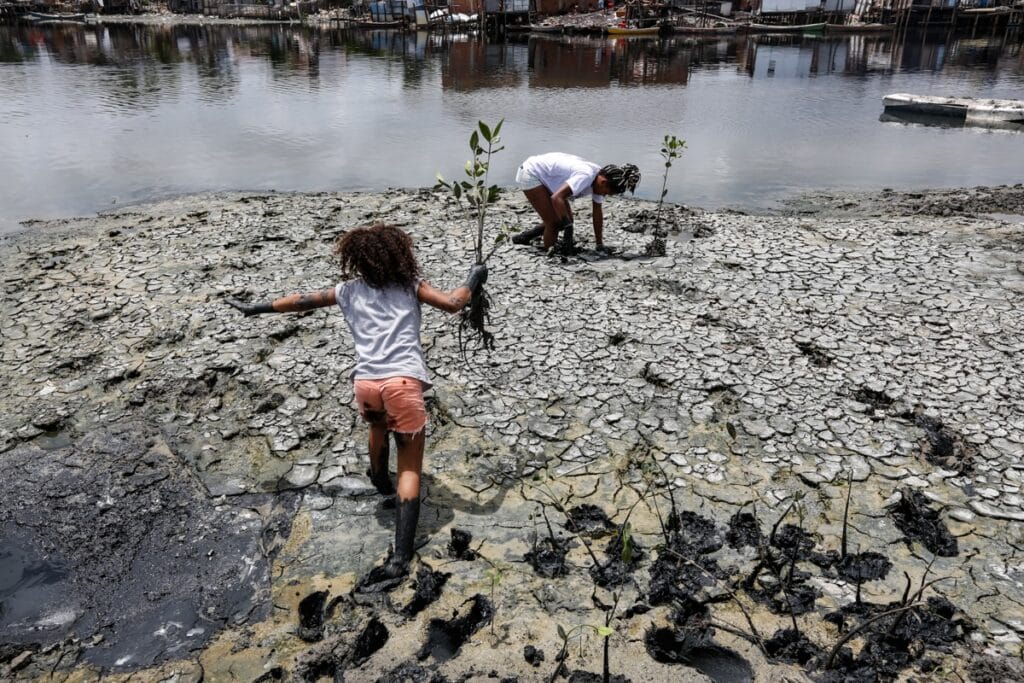
Amid stark inequalities and escalating crises, including climate change, biodiversity loss and pollution, a new risk report presents a bold approach for change, along with some examples of proven success stories.
The 2025 Interconnected Disaster Risks report by the United Nations University’s Institute for Environment and Human Security (UNU-EHS) shifts focus from diagnosing problems to mapping out solutions.
Entitled Turning Over a New Leaf, it argues that many of today’s solutions are surface-level fixes, and to create lasting change, we need to question the societal structures and mindsets that perpetuate these challenges.
Humanity is in need of a course correction, says Professor Shen Xiaomeng, Director of UNU-EHS:
“Society is at a crossroads. For years, scientists have warned us about the damage we’re doing to our planet, and how to stop it. But we aren’t taking meaningful actions.
“We know climate change is worsening, yet fossil fuel consumption keeps hitting record highs. We already have a waste crisis, yet household waste is projected to double by 2050.
“Time and again, we see the danger ahead, yet we keep moving towards it. Why?”
To answer this question, the report offers a more holistic analysis of what lies at the heart of human actions, and how true change can be achieved. It also offers real-world examples of positive changes that have been made around the globe and can serve as a model and source of inspiration.
Theory of Deep Change

The previous edition of Interconnected Disaster Risks warned about irreversible tipping points, and this year the authors of Turning Over a New Leaf picked up where the last report left off by developing a path forward: The Theory of Deep Change (ToDC).
Presented in a U-shape, this theory takes problems the world experiences and dives down to their root causes, identifying the structures and assumptions in society that allow those problems to persist.
For example, when a river is so clogged with plastic waste that it creates disastrous floods, people might criticise the waste management system and call for more recycling.
However, ToDC goes deeper: First it identifies the structures that allow waste to accumulate — such as single-use items or mass production — and then dives deeper into the underlying assumptions behind them.
Rotten fruits from rotten roots
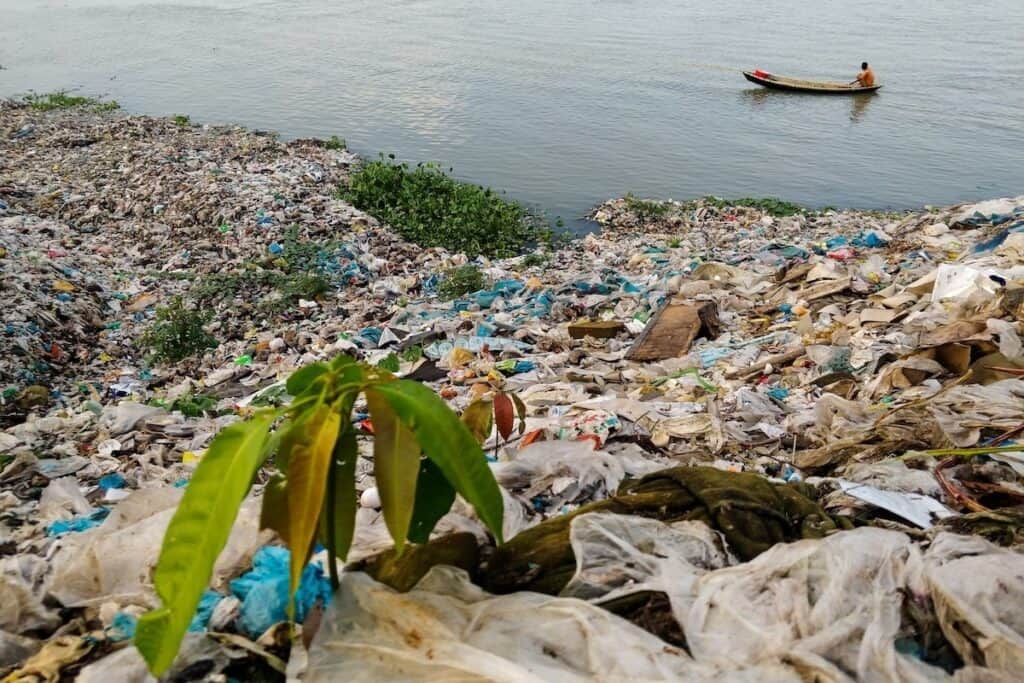
The scientists relate their model to a tree, where the visible outcomes are the fruits, but the real issues lie at the roots: Rotten roots produce rotten fruits. True change, the report emphasises, starts at the roots.
Without rethinking the values and mindsets underpinning these systems, the systems themselves will never change. Interventions such as recycling or conservation will remain inadequate because they are superficial fixes that do not address the root causes of waste and biodiversity loss. Society cannot recycle its way out of the plastic crisis without questioning why so much plastic waste is produced in the first place.
Change must go deeper to succeed, explains Research Manager Caitlyn Eberle, a Lead Author of the report:
“Our report shows that many of the actions we take, as well-intentioned as they are, won’t work as long as there is a whole system working against us. We need to go deeper, envision the world that we want to live in, and change the structures to match that vision.”
Beyond superficial fixes
The report cites solar geoengineering as one example of how not addressing deep roots can create risk.
Currently, there is growing interest in geoengineering technologies such as spraying aerosols into the Earth’s stratosphere to reflect sunlight back to space and lower average global temperatures.
However, this approach could have unpredictable impacts on weather patterns all across the globe.
Additionally, seen through the lens of the ToDC, solar geoengineering is also an attempt to leave the current system in place rather than committing to the real solution.
By addressing the negative consequences of human actions (global warming), instead of the actions themselves (burning fossil fuels), the report argues solar geoengineering is a superficial fix.
Moreover, when executed by individual governments or companies, it is also an example of a unilateral decision being made in one part of the world that could have far-reaching consequences for others.
Five areas of focus
The report outlines five areas where deep systemic changes are urgently needed:
- Rethink waste: From trash to treasure;
- Realign with nature: From separation to harmony;
- Reconsider responsibility: From me to we;
- Reimagine the future: From seconds to centuries; and
- Redefine value: From economic wealth to planetary health.
Making it happen
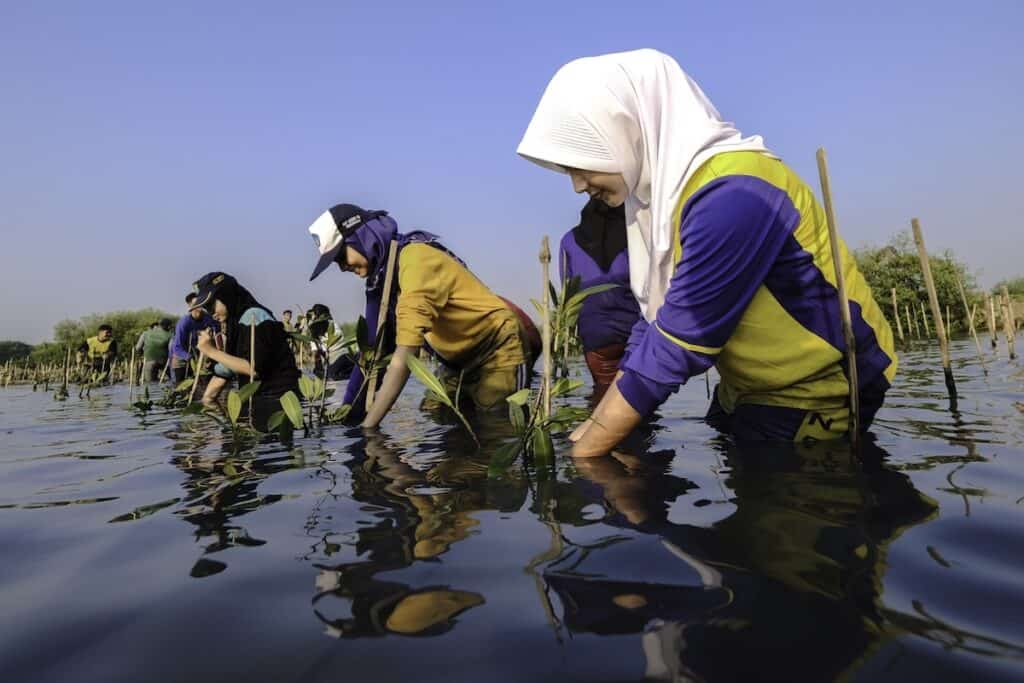
To create truly deep change, the theory recognises two types of levers that can be used to good effect: inner and outer. Whilst it is possible to start with one lever, both are needed to create lasting change:
- Inner levers are the ways we can change the current assumptions of our systems — they include paradigm or mindset shifts that allow people to redefine the boundaries of what is possible;
- Outer levers translate the new goals of a system into practical structures to produce more positive outcomes — they involve changes to such as policy, institutions or education.
Dealing with the Delta of Doom
The report acknowledges major challenges to change, such as the ‘Delta of Doom’ – even when solutions are clear and change is already underway, implementation can be stalled by conflicts of interest, fear and systemic inertia. This may aptly describe the strong headwinds against meaningful action we see today.
The key to overcoming them lies in recognising that positive change can and does happen every day, and that, ultimately, systems can change because they are human-made.
Good is more than less bad, concludes Deputy Director of UNU-EHS Dr Zita Sebesvari, also a Lead Author:
“Change can be uncomfortable, but going backwards won’t solve the challenges of a rapidly evolving world. This report is not just about avoiding disaster – it’s about breaking free from the mindset of merely mitigating harm. We limit ourselves when we focus only on preventing the worst, rather than striving for the best.
“By addressing the root causes of the problems, fostering global cooperation and believing in our collective power, we can shape a world where future generations do not just survive but thrive.
“It’s time for fresh thinking, and ultimately, turning over a new leaf.”
Proven success stories
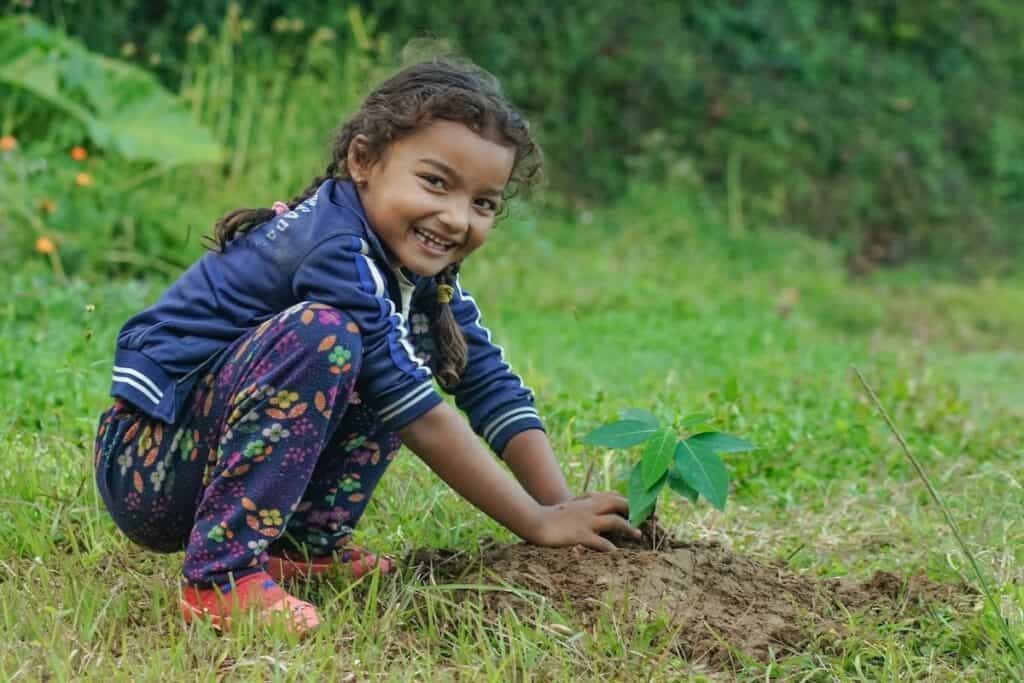
The 2025 report references multiple examples of success stories that prove change is possible worldwide:
- USB-C law: In 2022 the EU passed a law requiring all portable electronics to use USB-C charging ports to reduce e-waste;
- Kamikatsu Zero Waste Center: a hub for zero-waste activities in the town of Kamikatsu, Japan that allowed it to achieve an 80% recycling rate;
- UK Peatland Conservation: A nature-based solution benefiting both ecosystems and communities;
- Earth Jurisprudence: In 2008, Ecuador’s constitution established enforceable rights of Pachamama, or Mother Earth — under this framework, one court ruled that flooding caused by dumping construction debris into the Vilcabamba River violated rights of nature, ordering the removal of the debris to restore the right of the river to flow;
- Montreal Protocol: Successfully reversed ozone layer depletion through coordinated global action;
- The Aboriginal Carbon Foundation: Indigenous-led framework to supply carbon credits;
- Finland’s Committee for the Future advises on policies with multi-generational impacts;
- Svalbard Global Seed Vault: Protecting biodiversity for future generations;
- Green prescriptions: In countries like Canada, New Zealand and Japan, doctors give out ‘green prescriptions’”’ to promote health by spending time in nature;
- Bhutan’s Gross National Happiness prioritises wellbeing and ecological balance over economic growth;
- Smoking: This is an example of a big societal change where a mindset shift and regulations have come together to drastically reduce an unhealthy behaviour.
Interconnected Disaster Risks is a science-based report designed to be accessible to the general public. First released in 2021, it has a different topical focus for each edition. The aim of each report is to shed light on the interconnections that are at the root of today’s global challenges, as well as solutions.
The United Nations University’s Institute for Environment and Human Security (UNU-EHS) was established in 2003 in Bonn, Germany. Its research work is focused on advancing human security and wellbeing by addressing present and future risks arising from environmental hazards and climate change.
Further Reading:
- More about the 2025 Interconnected Disaster Risks: Turning Over a New Leaf report;
- More about the United Nations University’s Institute for Environment and Human Security (UNU-EHS);
- More on each of the five key areas of focus for fixes, including facts and figures: Rethink waste; Realign with nature; Reconsider responsibility; Reimagine the future; and Redefine value;
- Also on SustMeme, Nature-based solutions on the rise in Africa;
- Also on SustMeme, Guest Blog: Opportunity to end plastic pollution wasted;
- Also on SustMeme, Record, but inequitable, growth in renewables;
- Also on SustMeme, Human rights risks in world battery supply chain;
- Also on SustMeme, Circular economy strategies can cut global emissions by 39%.
Check out the full archive of stories under the SustMeme Biodiversity & Conservation Channel, now available to Sponsor.


